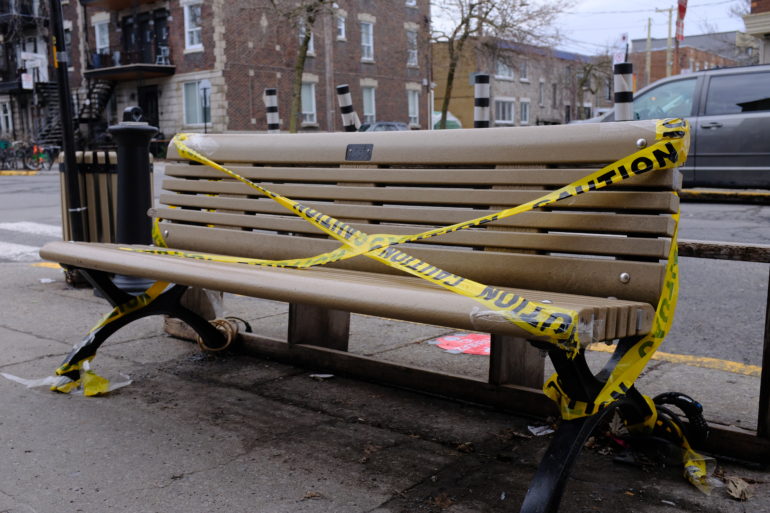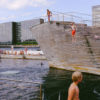In recent years, there has been a growing conversation around what some refer to as “hostile architecture,” design strategies in our cities that are meant to deter certain activities—from armrests on benches that prevent sleeping to bolts on ledges to prevent skateboarding. While some might argue that there are benefits in terms of maintaining safety and order, many believe that hostile architecture mostly acts against certain groups and counters the idea that public space should be welcoming to all.
With COVID-19, there’s an added layer of complexity.
The public health crisis has caused cities around the world to close businesses, announce shelter-in-place orders, and encourage physical distancing. Social gatherings are discouraged to slow the spread of the coronavirus. Public spaces like parks and playgrounds, important places for communities to come together in daily life, are suddenly potential danger zones if left as is. Right now, the more successful a public space is in bringing in people…the worse it is?
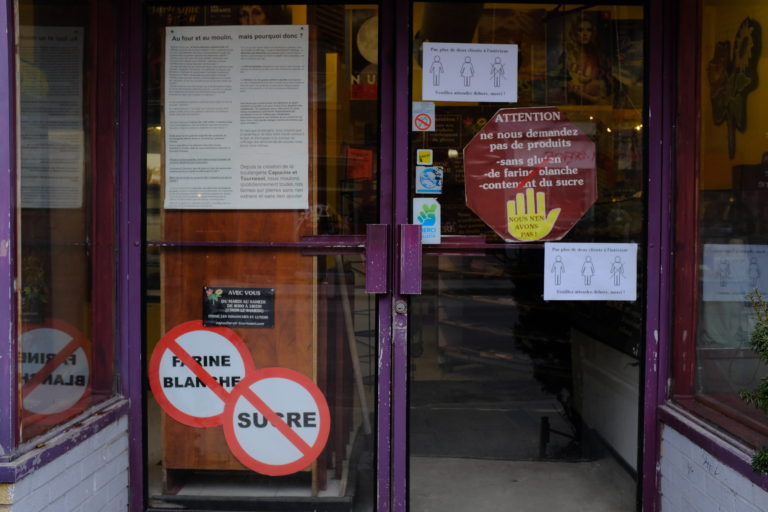
Montreal is one city that has introduced measures to limit public space use during COVID-19. In March, as schools closed, playgrounds began to be blocked off with caution tape. In a way, this is a temporary form of hostile architecture to control public space use. There are few contrasts as jarring as a spiral plastic slide wrapped with yellow tape that says “Danger.”
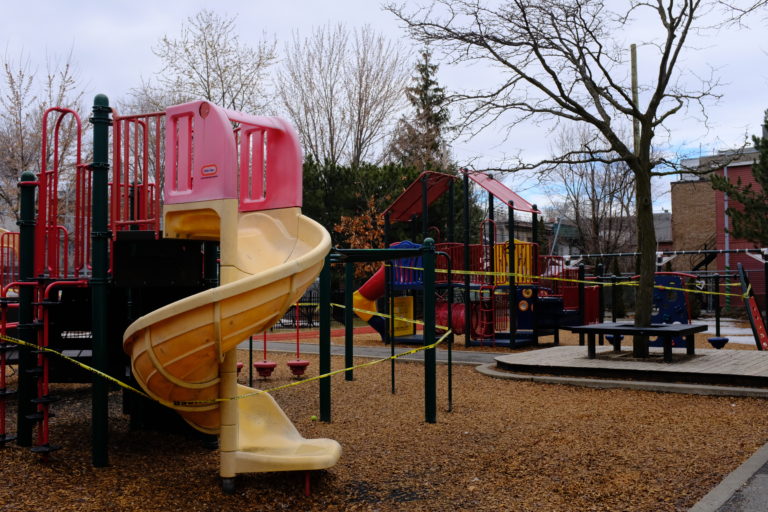
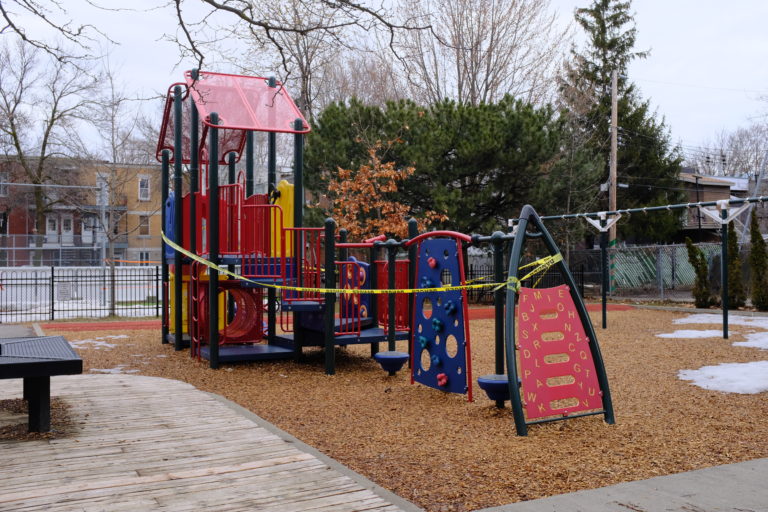
As sports organizations started to suspend their seasons, athletic fields for soccer and frisbee were closed off as well. Exercise was limited to the solitary run around the block.
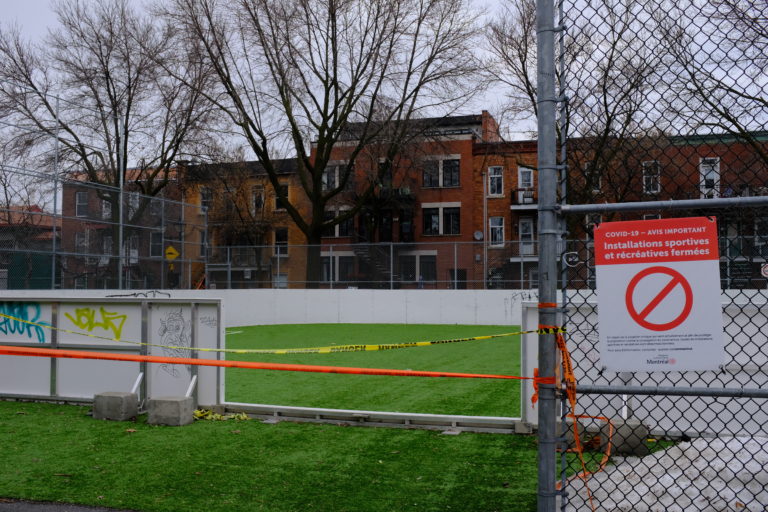
Infrastructure for public transportation was controlled, with public bikes being taken away. The absence of something can be a powerful statement.
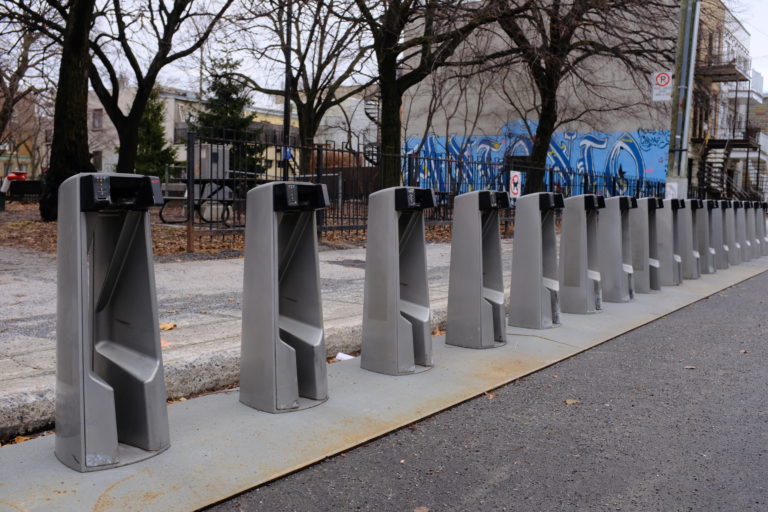
In food markets like Marché Jean-Talon, access was limited. Windows for take-out were kept open, but the market was stripped of its social nature. No browsing, no chatting, no tasting. The market was running to keep businesses and residents going, but without the spirit of public life.
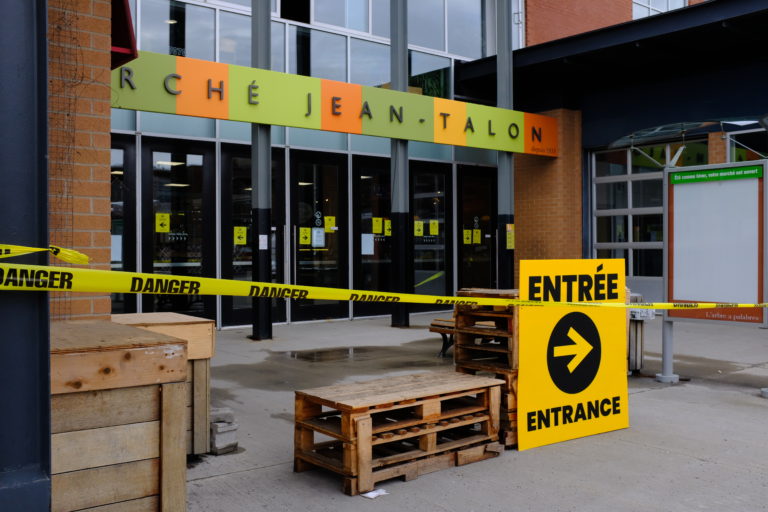
Even some benches have been plastered with tape, reminding us not to linger. For many, trips to the grocery store or the neighborhood restaurant have shifted to become more intentional and efficient.
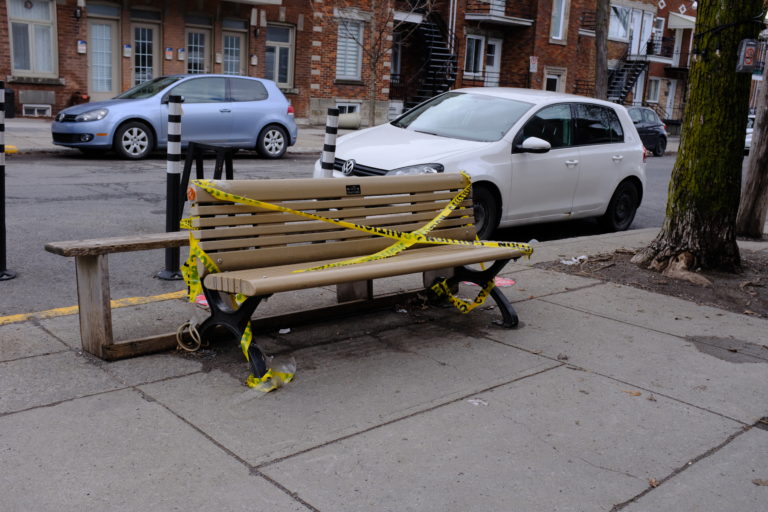
During this public health crisis, is it preferable to make public spaces less attractive to encourage social distancing? Perhaps in these times, hostile architecture can play a role in creating certain positive outcomes, if done in a way that isn’t too hostile. Public spaces now are used as spaces that we visit alone, rather than with others. We walk through spaces, see people at a distance, pause for a while before returning to our quarantine lives. The park bench might not serve the same function in the present moment.
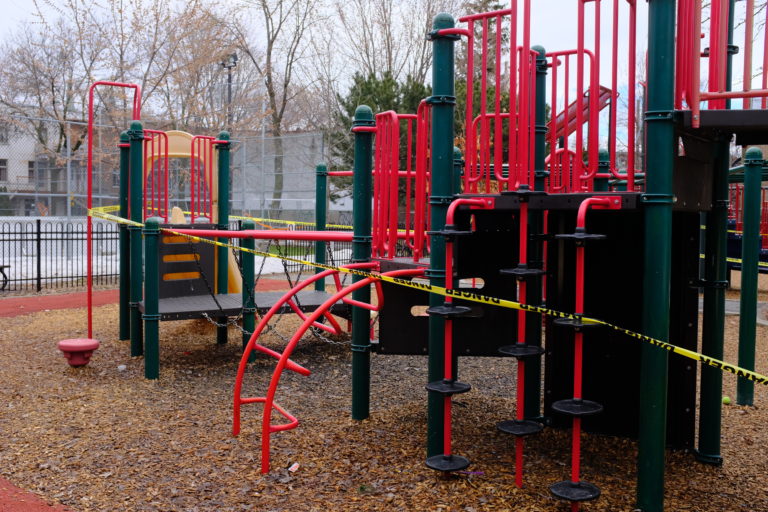
And, as we move forward, it may not mean simply blocking off playgrounds with caution tape. Maybe it means designing playgrounds that discourage activities for your hands but allow you to have fun with your feet. With public health as a new factor to consider, our cities will adapt our environments in new ways.
As we all know, COVID-19 has flipped everything on its head. How we use public space has already changed. Eventually, their design may change as well.

